Reshaping the Renewable Energy Policy Environment Across Asia
20 December 2021 – by Viktor Tachev
Choices for renewable energy policy measures across Asia aren’t lacking. Striking the perfect balance and avoiding complications, the regulatory requirements should align with individual needs, inherent characteristics and glooming risks in each country and their energy sector.
The Set of Renewable Energy Policy Regulations that Make the Most Sense for Asia
Climate Risk
The Global Climate Risk Index identifies Asia as one of the most vulnerable regions to climate change’s impacts. According to the latest Intergovernmental Panel on Climate Change report, rising sea levels and severe heatwaves and floods are the consequences.
Carbon Pricing
Asia is now the globe’s major CO2 emitter accounting for over 50%, with its methane levels topping the charts. A more concerning trend washing over Asia is its slow phasing out of coal, with many also considering using natural gas as a transitional fuel in the short-term – disregarding the magnitude of accumulated stranded asset risks. Curbing greenhouse gas emissions and an increased renewable energy deployment is the answer.
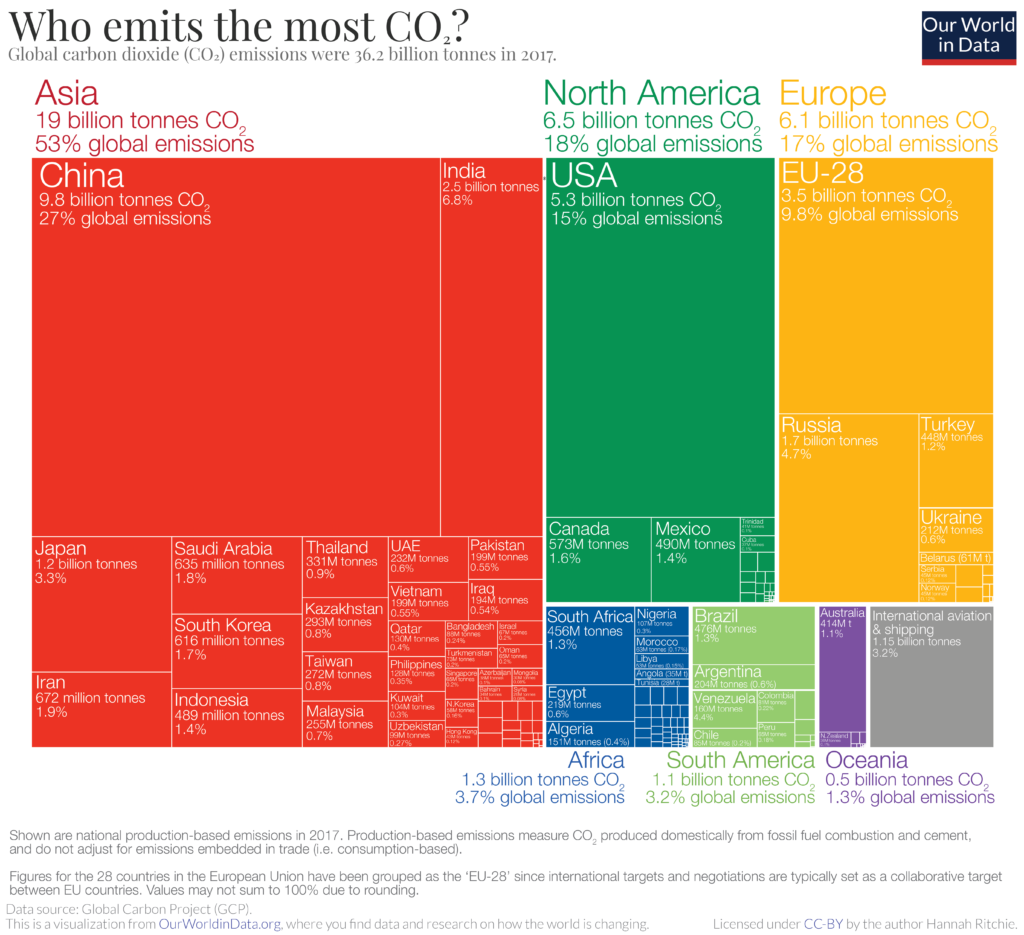
Increase Support for Renewable Energy – More Solar Energy and Renewable Electricity Projects
Renewable energy investments must increase. The IPCC projects that if the globe wants to limit warming to 1.5°C, renewable energy and energy efficiency investments need to shoot up six-fold by 2050. More solar power and renewable electricity generation projects are needed. More investments should be made in the energy market to achieve energy security in Asia.
Yet, investment traction is lacking. Energy Policy Tracker, a consortium of organisations, suggests that governments across Asia have only committed USD 83 billion in support for renewables in 2020. This pales compared to the USD 88 billion for fossil fuels investments made in the same period.
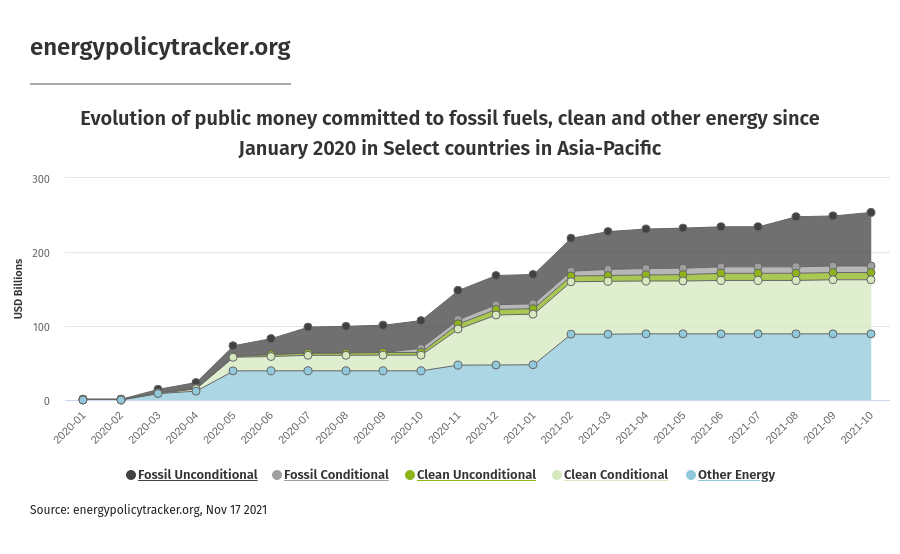
Leveraging the Efficiency of Renewable Energy Policies and Regulations
Today’s reality requires a pursuit of a multi-dimensional energy transition and maximising the effect of each policy to empower speedier change across Asia.
Focus on H2A Sectors, NOCs and State-Owned Players
A change across national oil companies (NOCs), hard-to-abate sectors and state-owned utilities would have the most considerable effects, as their decarbonisation needs are the highest.
To have a role in a carbon-neutral future, NOCs must transform and be innovative. Today, NOCs see 86% of all revenues coming from oil and gas. However, conversely, NOCs are natural fits to lead the energy transition with their experience managing complex cross-border projects.
But, a one-size-fits-all policy approach should not be pursued. NOCs vary in their characteristics and challenges. On one side, they are powerful oil and gas operators that are high-tech, have strong engineering capacities, healthy balance sheets and experience managing megaprojects. However, smaller NOCs have limited human capital and technical abilities that are heavily depend on partners.
Multiple factors and variables need to be considered; otherwise, many NOCs will struggle and risk falling into obsolescence.
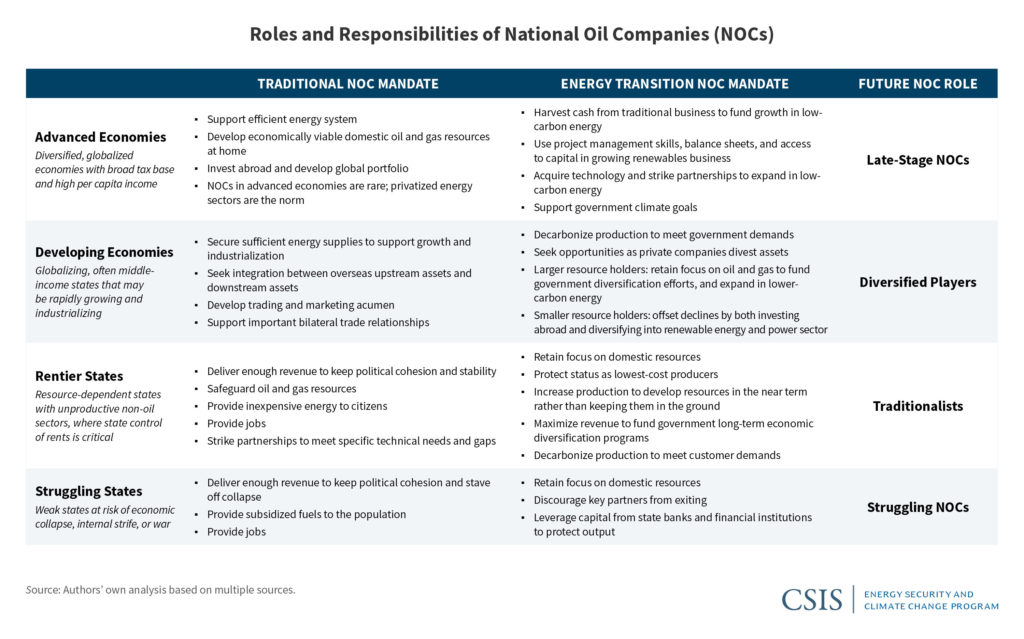
Learning from Other Markets – More Focus on Renewable Energy Sources
Asia remains behind developed clean energy markets like the US and EU in many aspects. This puts it perfectly placed to learn from the challenges and working practices adopted across mature markets.
Asia will also need international collaboration to scale clean energy solutions and practices rapidly to support cross-border technology transfer and knowledge sharing.
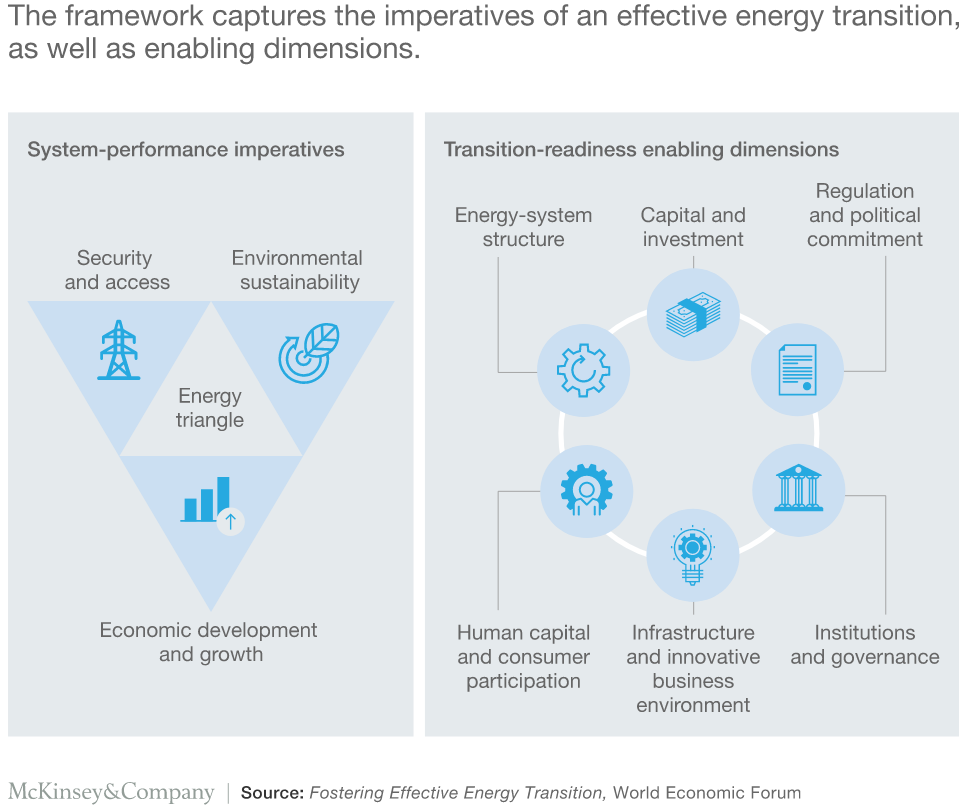
Prioritisation of Public-Private Partnerships and Creating a Favourable Environment for Investors
Collaboration between governments, multilateral banks, private sector investors, philanthropies and long-term investors can unleash mass financing for broader renewable energy adoption. This would also encourage coal retirement pathways.
However, for this to occur on a broad scale, officials need to build a welcoming policy environment that provides investors with long-term predictability, risk-sharing mechanisms and clear incentives.
The Moment for Favorable Renewable Energy Policies is Now
As International Energy Agency notes, the world is now only one or two investment cycles away from drastically lowering CO2 emissions, with the most significant changes potentially coming from changes in regulatory policies. While such a transition cannot happen overnight, it is vital to start today to lay the groundwork for long-term success.
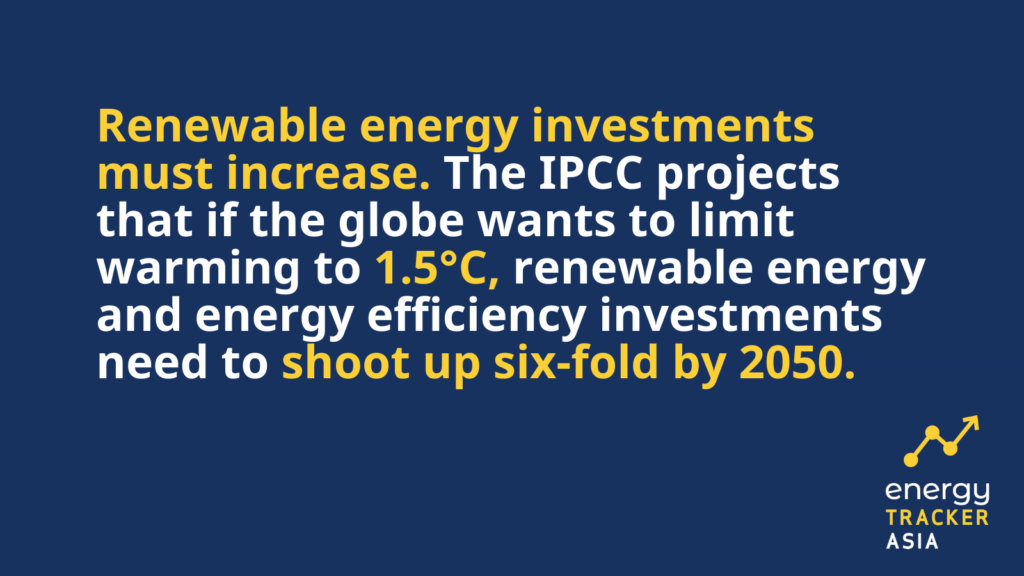
by Viktor Tachev
Viktor has years of experience in financial markets and energy finance, working as a marketing consultant and content creator for leading institutions, NGOs, and tech startups. He is a regular contributor to knowledge hubs and magazines, tackling the latest trends in sustainability and green energy.
Read more



